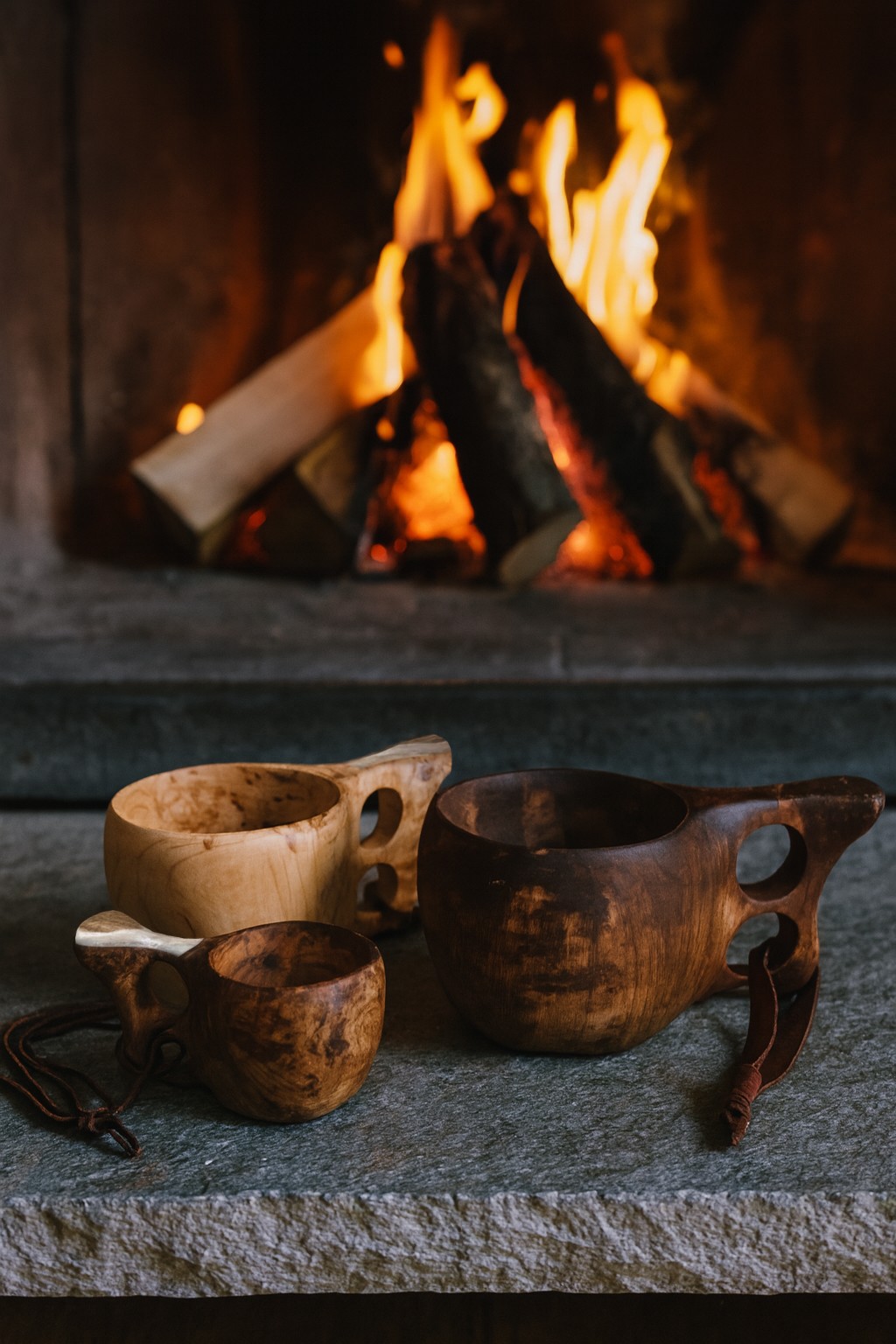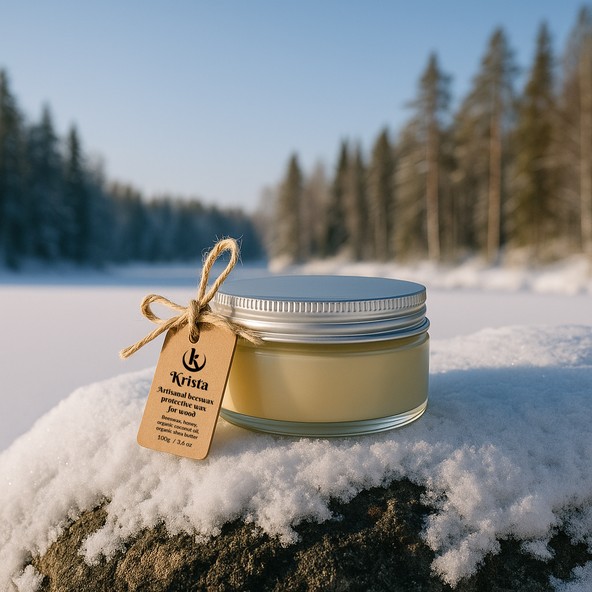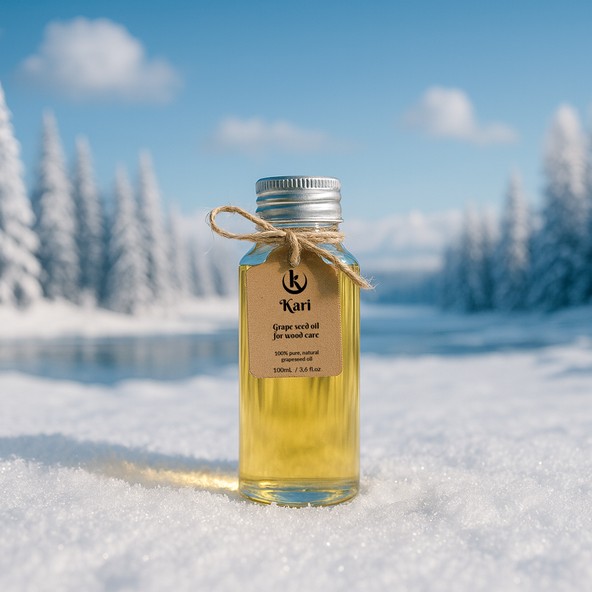Take part in our Christmas game and try to win a handmade wooden product 🌿🎁 Take part in our Christmas game and try to win a handmade wooden product 🌿🎁
Care for wooden tableware with tung oil
When you buy a wooden cup or cutting board, it's mainly for its beauty, strength and durability. But how do you preserve all that over the long term and care for the wood?
Tung oil is one of the 100% natural solutions for maintaining your wooden tableware, and I'll explain it to you right after.

Anne-Laure Compain


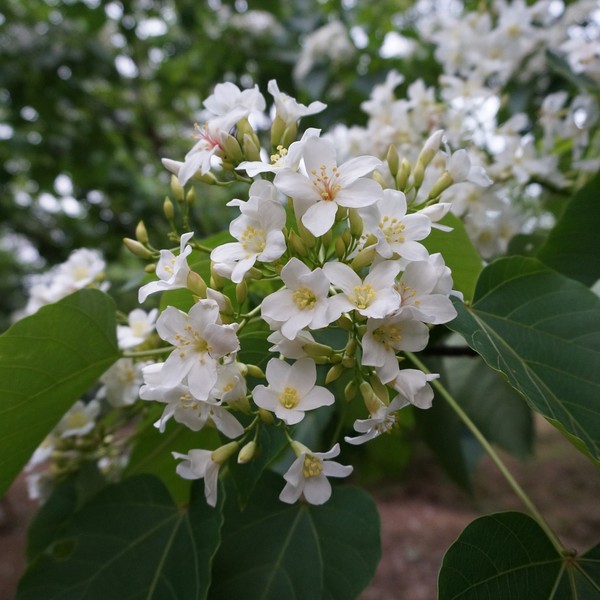
Tung oil, an oil from China
What is tung oil?
Tung oil, also known as Chinese wood oil, is an oil extracted from the seeds of two trees native to southern China. It has been used for centuries in China for medicinal purposes, as well as for wood care.
How is tung oil made?
To make tung oil, the seeds found in the tree's fruit (a nut) must first be collected. The seeds are then cleaned and dried to remove any moisture. After pressing to remove all the oil, it is filtered to remove impurities.

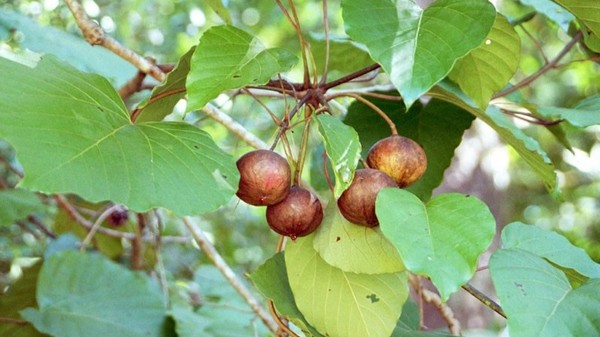

Why is tung oil ideal for maintaining wooden tableware?
Water resistance
Tung oil's major characteristic is its resistance to water, which is why it has been used for years as a varnish on wooden boat hulls.
Tung oil forms a protective barrier on the wood, preventing it from coming into contact with liquid or moisture. This prevents the wood from warping or cracking.
Nourishing for wood
Tung oil penetrates wood fibers to nourish them deep down. Thanks to this oil, wood is stronger and shinier. Tung oil also forms a protective layer on the wood's surface, making it more resistant to scratches and temperature variations.
Protects against stains and UV rays
Tung oil, with its smooth surface, will protect wood from food stains and liquids such as coffee and wine. The oil will also protect the wood from UV rays, preventing it from fading or deteriorating under the effect of light or sunlight.

Discover the incredible versatility of wood through various species and the world of woodworking. By subscribing, you'll receive information on wood and wood species once a week.
Steps to care for wooden tableware with tung oil
Wash the surface to be treated
To wash your wooden tableware, use lukewarm water and mild soap. Rinse and dry your wooden product thoroughly.
Be careful, allow to dry for several hours and make sure your product is not damp before applying the oil.
Why use lukewarm water?
- Hot water will expand the wood and damage it.
- Cold water will not remove food residues.
What mild soap should I use?
To wash your wooden dishes, use a natural, non-chemical soap. You can use a natural soap with almond milk and honey, for example.
Apply tung oil
To apply tung oil to your wooden crockery, use a clean, soft, lint-free cloth (this means that your cloth won't shed bits as you use it). You can also use a brush or a clean foam sponge. Apply the oil in thin layers to allow it to dry thoroughly.
Which tung oil to choose?
When choosing tung oil, look for an edible oil. Tung oil in liquid form is not edible and can cause poisoning. Tung oil must be completely dry before you use your wooden tableware, because once it's dry, tung oil is harmless to your health.
Photo before applying tung oil ⬇️

Allow to dry
Now you need to let the wood absorb the tung oil so that it permeates the deep fibers. Then remove the excess oil and leave to dry. If, after the first coat, you can see that the wood is still dry, apply a second coat.
Drying time: approx. one week, complete drying in 1 month.
The drying time for tung oil is very long, and you must respect this time for safety reasons. Tung oil is not edible in liquid form, but only when dry.
Photo after tung oil application ⬇️
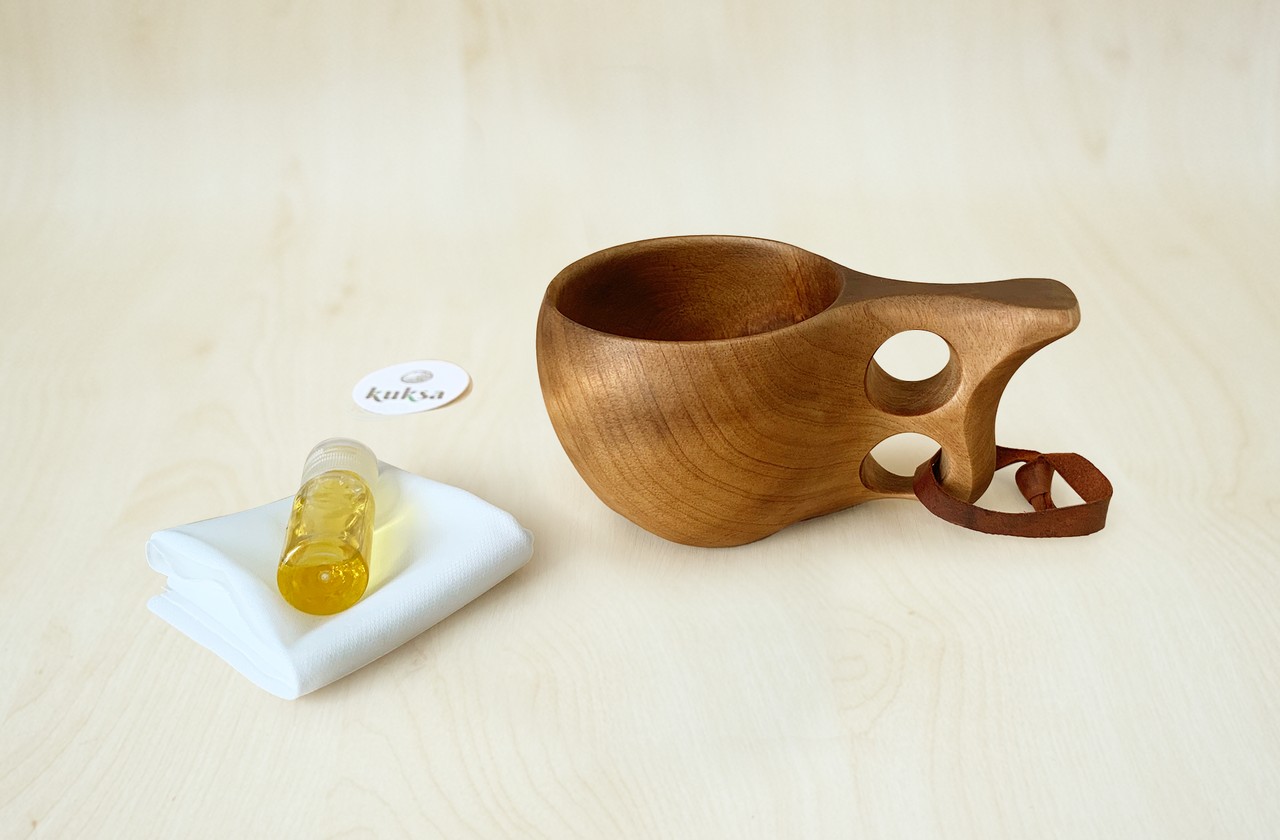
My feelings after using tung oil:
- It's a very easy oil to apply, but it doesn't smell very pleasant. The smell fades as it dries.
- It restores a nice color to the wood, but I thought it would make it shinier.
- The one-day drying time is a drawback because you can't use your dishes quickly.
- Knowing that it's not edible in its liquid form scares me a bit, as I have to make sure the oil is completely dry before using my dishes.
Advantages and disadvantages of tung oil
| Advantages | Disadvantages |
|---|---|
Protection against moisture Tung oil protects wood from contact with water and moisture. Very practical for maintaining a cup or spoon! | Allergic reactions Tung oil is made from nuts. Some people may therefore be allergic. |
Nourishing for wood Tung oil penetrates deep into wood to moisturize, nourish and shine. | Odor Tung oil has a distinctive odor that may bother some people. The odor disappears after complete drying. |
Stain and scratch resistance Tung oil strengthens the wood's surface, making it more resistant to stains and scratches. | Price Tung oil is more expensive than some other wood-protecting oils and waxes, such as beeswax. |
Natural finish Tung oil offers a soft, natural finish that brings out the natural beauty and nuances of wood. | Flammable Like linseed oil, tung oil is easily ignited. Used cloths should therefore be stored with care. |
Discover our artisanal care products to maintain and preserve wood
Want to know more about wood care?
If you like wood products, these articles may also interest you.

Anne-Laure Compain

Anne-Laure Compain

Anne-Laure Compain

Anne-Laure Compain

Anne-Laure Compain
Maintenance
How to care for your kuksa?Discover ways to extend the life of your kuksa and the four mistakes to avoid.

Anne-Laure Compain
Christmas Game, win wooden kuksa cups
Experience an authentic and traditional Christmas with our giveaway! Try your luck to win one of our handmade wooden kuksa cups, specially selected to brighten your holidays.
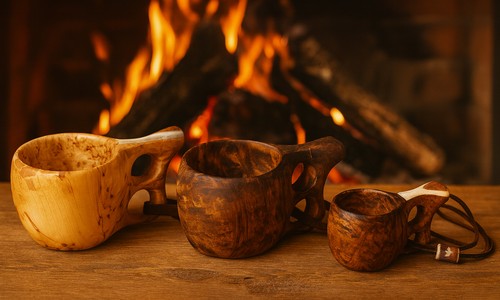
For Christmas, try to win one of our 3 favorite kuksa. A handmade wooden mug to celebrate the festive season. 🎄
To enter, add your email address below
Contest results on December 21. 🍀
